Understanding the differences between camera lens focal lengths and how they’re used
As you delve into photography with a dedicated camera body and interchangeable lenses as opposed to pocketable cameras like those found on smartphones, you will not only find yourself graced with boosted capabilities but also cursed with bulk. For this reason, it’s a good idea to know exactly what camera lenses you might need for your trip so you can keep as lightweight and nimble as possible.
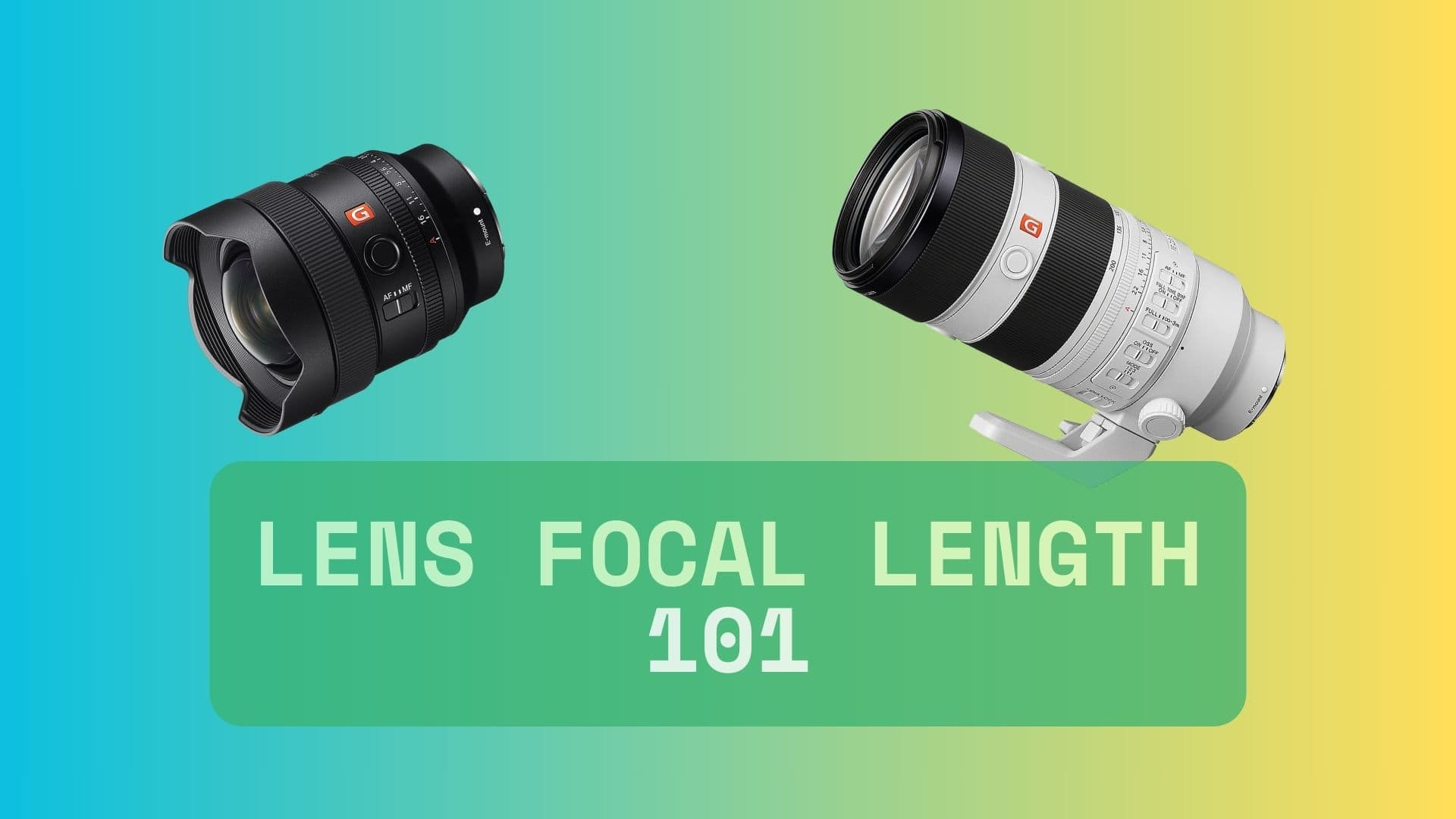
In this piece, we’ll discuss the different focal lengths that common brands of camera lenses come in so that you can better pack around the type of photographs you wish to take.
What you need to know about focal lengths
When you hear the term focal length, this refers to the distance between the optical center of any given camera lens and the plane of the image sensor in your camera body.
A lens’ focal length can be expressed in millimeters (mm). A shorter focal length, expressed by a smaller mm measurement, translates to a wider field of view. On the contrary, a longer focal length, expressed by a larger mm measurement, translates to a narrower field of view.
Because shorter focal lengths lend themselves to wider fields of view, subjects in the frame of your image at these focal lengths appear smaller and may be harder to make out intricate details on. On the other hand, longer focal lengths lend themselves to narrow fields of view, which causes subjects in the frame to appear larger – even filling the entire frame to expose greater detail. Here are some examples of this:
You might see certain focal lengths designated as ultra-wide-angle, wide-angle, standard, telephoto, and super telephoto. The definitions of these vary from one source to the next, but we’ll get more into these in greater detail below.
Ultra-wide-angle focal lengths

An ultra-wide-angle focal length can be defined as any focal length shorter than 24mm. These focal lengths aren’t typically used to capture individual subjects, but rather an entire expansive scene.
Ultra-wide-angle focal lengths are considered specialty lenses and are regarded among astrophotographers, landscape photographers, and real estate photographers. These are people who capture the night sky, horizons, and architectural interiors for real estate respectively.
These ultra-wide angle focal lengths allow as much composition to be packed into an image frame as possible, making them ideal for entire night sky photographs, expansive landscape photographs, and even indoor photography when a structure’s interior rooms are too small and cramped for a longer focal length to capture the scene.
One drawback of ultra-wide-angle camera lenses is that the image will show distortion around the edges of the photograph. This can be exceptionally difficult to fix in post-production. That’s why many astrophotographers leave the crooked trees and cactuses in their shots.
Wide-angle focal lengths
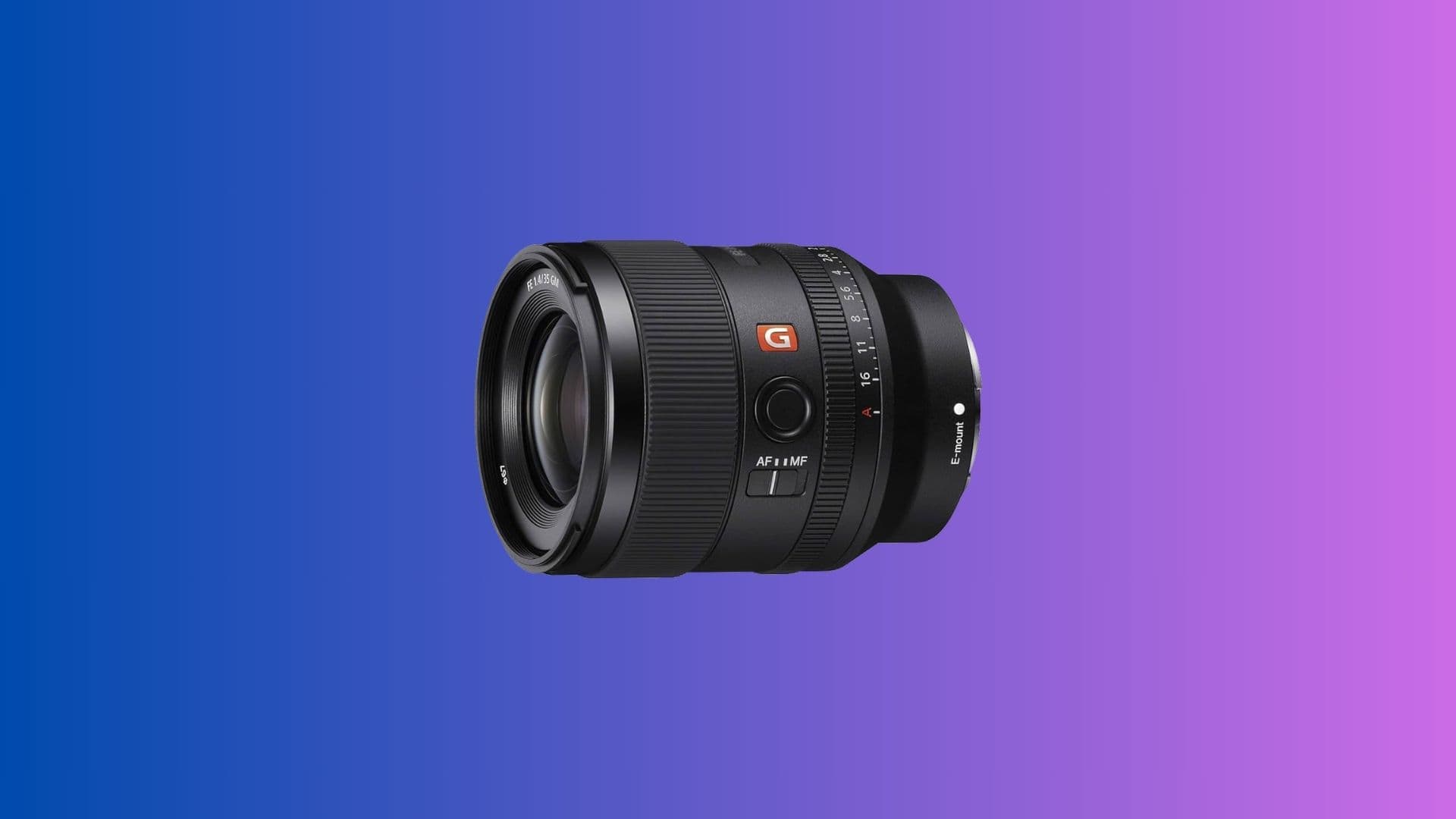
A wide-angle camera lens usually sports a focal length ranging from 24mm to 35mm. At these focal lengths, you’re capturing more than just a subject, but rather an entire story surrounding your subject. In fact, your subject may appear so small in certain wide-angle focal lengths that their surroundings may compete for your eyes’ attention.
Wide-angle focal lengths are extremely popular among architectural photographers, astrophotographers, landscape photographers, and certain street photographers. These are people who capture images of buildings, the night sky, horizons, and life on the street respectively.
Wide-angle focal lengths allow for environmental image composition, which is perfect for tall or wide building façades, getting a photograph of the Milky Way in the night sky, or a beautiful image of grasslands, the ocean, or mountains.
In the case of street photography, a slightly wider lens can help capture a ‘story’ depicting what’s going on as opposed to just a lonely image of a single person. Street photographers love this range because lenses tend to be small and compact while offering portrait-like qualities, but with more environmental context to go with it.
Distortion in a wide-angle camera lens isn’t as profound as what’s found in an ultra-wide angle focal length, which makes cleaning up the distortion in post-protection a tad easier.
Standard focal lengths
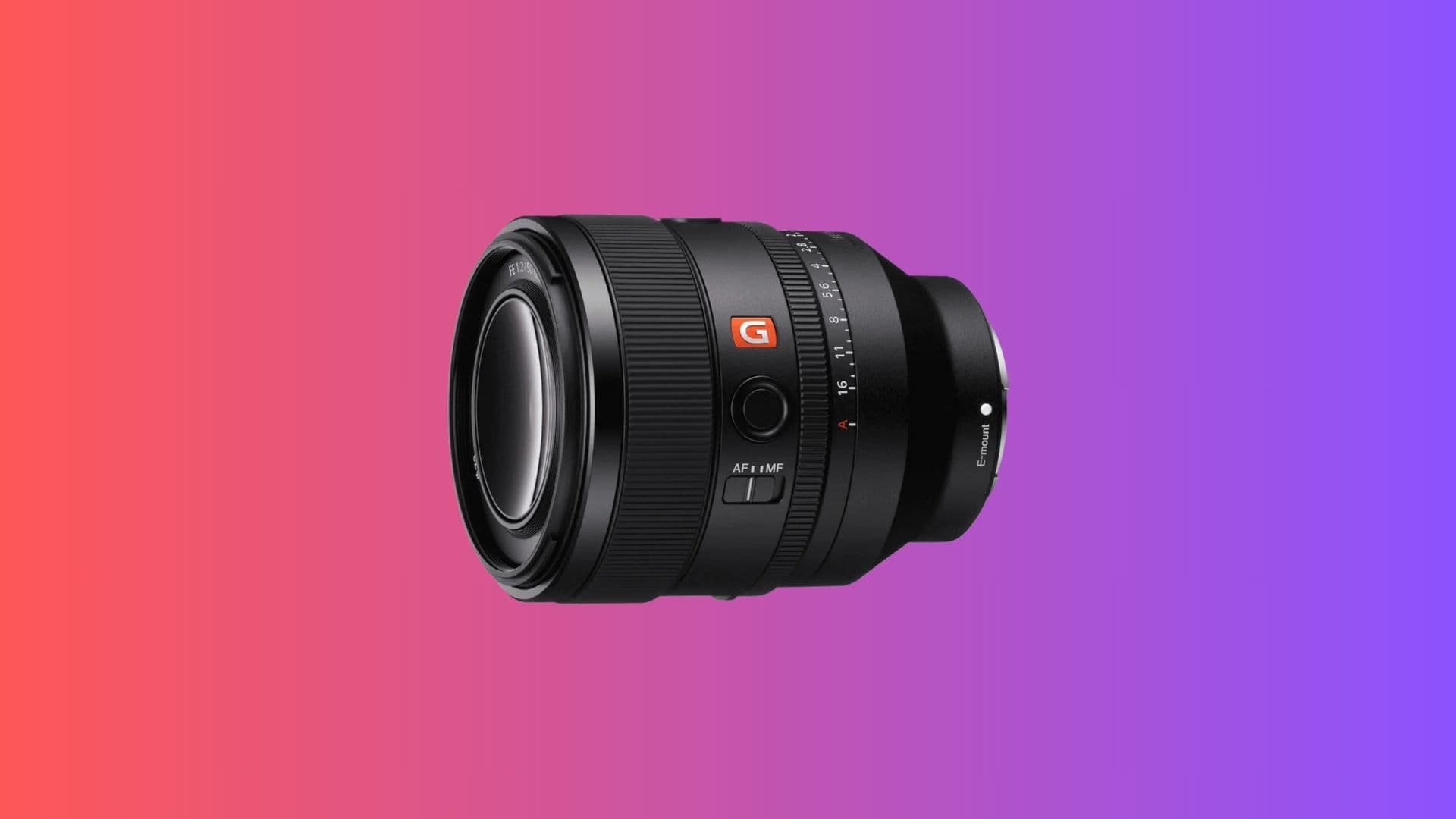
A standard camera lens may have a focal length ranging from 35mm to 85mm. At these focal lengths, your subject begins to stand out more in the frame of your image, especially compared to their surroundings. In fact, the larger the mm number, the more your subject will fill the frame.
Standard focal lengths are prevalent among portrait photographers, product photographers, street photographers, wedding photographers, and even videographers. These are people who capture high detail images of people, review items, life on the street from a natural perspective, a couple’s most important day, and video respectively.
While standard focal lengths capture less of the surroundings than a wide-angle lens, they lend their strengths to isolating a subject from their background. Many lenses around this focal length are non-zooms, which may have larger apertures to create bokeh – the effect of a blurred background while keeping the subject in razor-sharp focus. Of course, there are plenty of zoom lenses in this range as well.
A portrait photographer values the aforementioned subject isolation when photographing people and when details matter, such as for a magazine covers or for senior photos in high school. Typically, the longer the focal length, the more bokeh you can achieve through compression – an optical effect that can make background elements seem closer than they appear, while remaining out of focus.
Product photographers are also likely to use this range, including myself. When I take pictures of items to share in a post here at iDB, I like to use a 50mm prime lens because it lets me fill the frame with the item from not very far away while still being able to work from a comfortable distance from the item. The prime lens also provides a nice bokeh effect to keep the background from distracting the eyes away from my subject.
Street photographers, on the other hand, are more likely to operate at the lower end of the standard focal length such as from 35mm to 50mm and may even bleed into wider-angle focal lengths shorter than that. These focal lengths are perfect for capturing a scene, since the 35mm to 50mm perspective most closely resembles the field of view of the human eye.
Wedding photographers are always on the move, sometimes being up close and personal with the bride and groom at 35mm to 50mm, while sometimes being further away to keep out of everyone’s business while plucking certain events out from the distance. These focal lengths are perfect for wedding portraits, closeups of things such as the cake, the ring, and the gifts, and more.
And videographers, who often shoot video in cramped studio sets or small rooms, will use these standard focal lengths because they provide the correct amount of reach to fill the frame without being too far away from or too close to their subject.
Standard focal length lenses may exhibit a small amount of distortion, but not much. In fact, it really starts to become less evident as you get further away from 35mm, making it easy to correct in post-production software on your computer.
Telephoto focal lengths
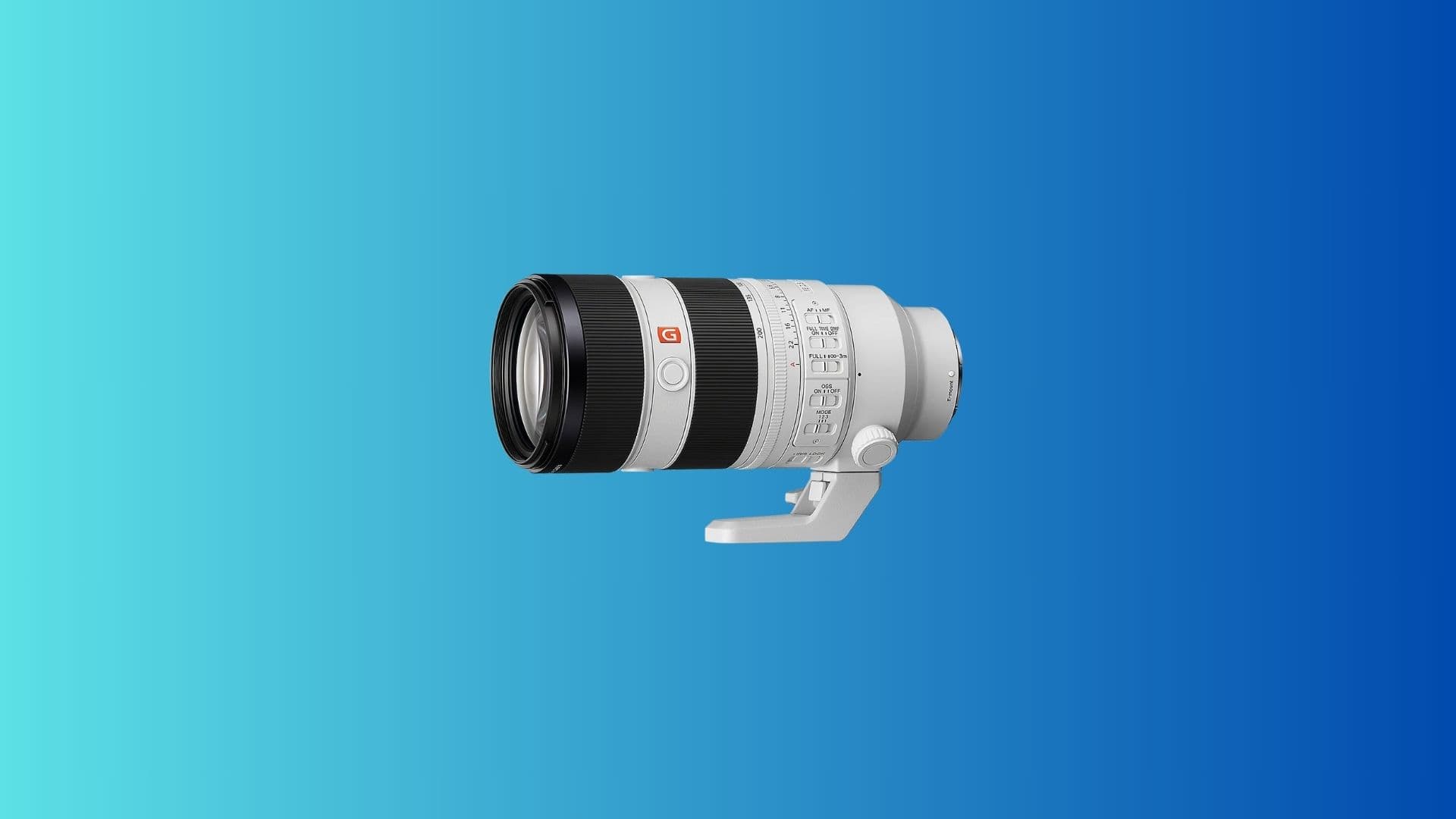
A telephoto camera lens may have a focal length ranging from 70mm to 400mm. At these focal lengths, either your subject fills the entire frame, or you’ll be reaching far out into the distance to pluck a particular subject out of an otherwise busy frame.
Telephoto focal lengths are go-to tools for concert photographers, journalistic photographers, sports photographers, wedding photographers, and wildlife photographers. These are people who capture stage events, corporate or government press conferences, the ball game at massive sporting stadiums, a couple’s most important day, or wildlife in their natural habitat.
Concert, journalistic, and wedding photographers use telephoto focal lengths in similar ways in that they’re often moving around on their feet a lot and may need to be either close to their subject or far away at any given time. This unpredictability means that a zoom range between 70-200mm is valuable, as they can get up close and personal with their subject for portrait images while still being able to pluck their subject from a distance while residing in the sidelines and keeping out of everyone else’s way.
Sports photographers will often lean into the longer end of this telephoto focal length range, often around 300-400mm. That’s because these photographers will be way out in the stadium’s bleachers trying to pluck their subject – usually a faraway player – in the middle of the action. Lenses made for this focal length tend to be long and telescopic in design.
Wildlife photographers also lean into the longer end of this telephoto focal length range, and beyond. Wildlife photographers will often sit in wait as nature comes to them, and they try to be as far away from the action as possible as not to disturb the wildlife so they can capture images of the animal(s) in their natural element. Whether that’s an elephant on a Safari ride or filling the frame with a small bird in a distant tree, this range serves wildlife photographers well.
Telephoto lenses are known for their compression effect, which flattens an image by making background elements seem closer to the subject than they are. Some telephoto lenses can accept teleconverters – small magnifying elements placed between the lens and the camera – to magnify the image by anywhere from 1.4-2x.
Super-telephoto focal lengths
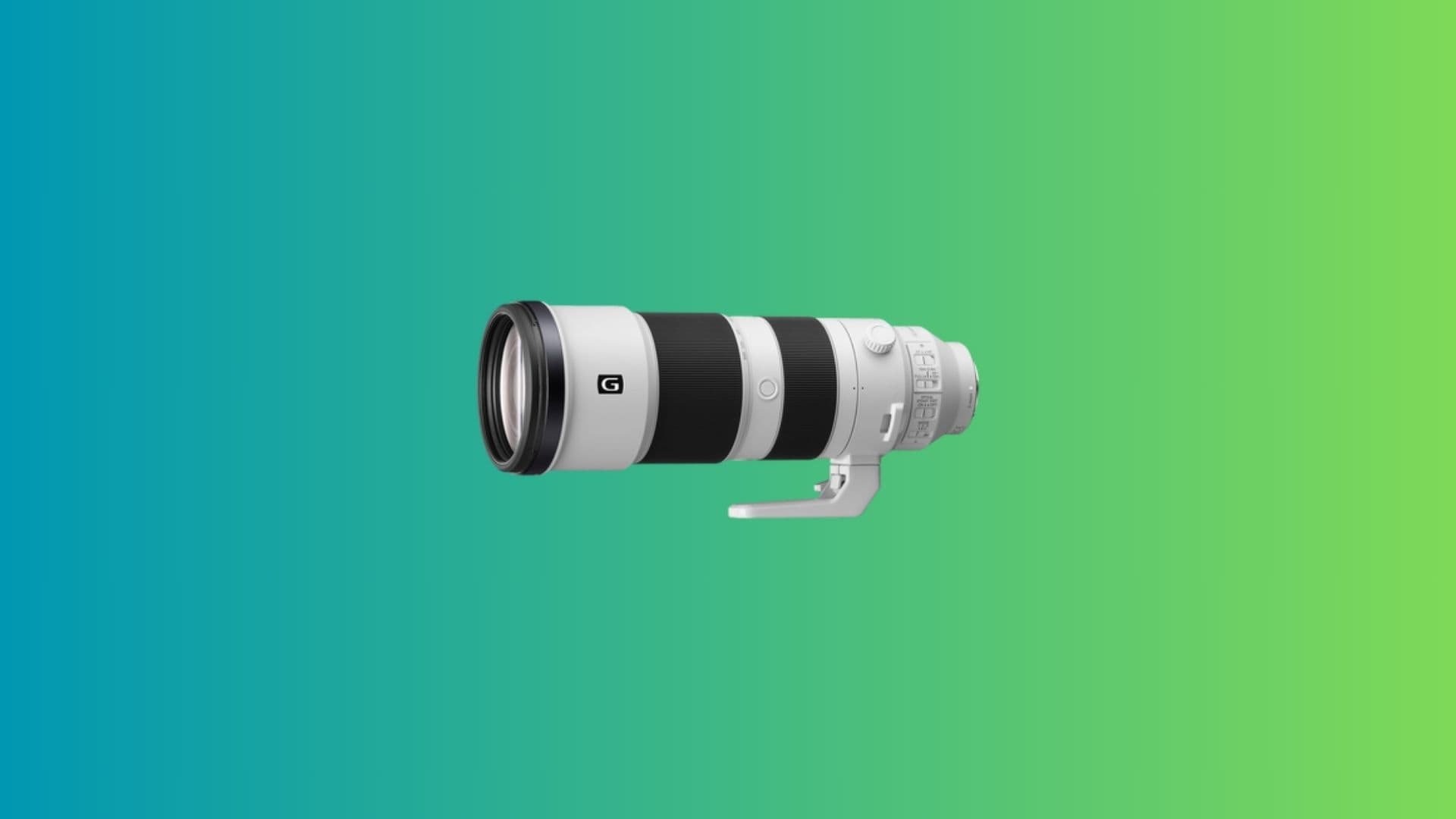
A super-telephoto camera lens will have a focal length longer than 400mm. These focal lengths aren’t typically used to capture expansive scenes, but rather a hyper-fixated subject from a distance.
Super-telephoto focal lengths are considered specialty lenses and are most used by astrophotographers and bird & wildlife photographers. These are people who capture small objects in the night sky or who photograph distant or small wildlife, such as birds.
While astrophotographers usually use a wider focal length, a super-telephoto focal length comes in handy when they want to photograph specific items in the night sky, such as the Moon’s surface, a planet (when visible), or the Sun’s surface (with the proper type of filter). These lenses give astrophotographers the reach they need to capture exquisite details, and when they don’t, a teleconverter can provide additional reach.
Bird & wildlife photographers will use super-telephoto focal lengths almost exclusively because it allows them to capture birds from a long distance without being noticed, which can make or break the shot from a bird flying away. In terms of wildlife, these are also excellent Safari lenses. You can be a passenger on a vehicle and photograph elephants, large cats, and more from afar, while still capturing the animals’ faces in detail.
Super-telephoto lenses tend to be long and telescopic in design, and cost thousands of dollars. Common focal lengths include dedicated 400mm, 600mm, and 800mm prime lenses, but more budget-conscious zoom lenses such as a 200-600mm, 200-800mm, or 400-800mm are also available. Photographers can also use teleconverters with most super-telephoto lenses to magnify the image by anywhere from 1.4-2x.
Considerations for focal lengths
Choosing the proper focal length for your area of photography is important. Selecting the incorrect focal length can make or break your ability to get the shot you’re after.
If you select too wide of a focal length, your camera may not be able to resolve enough detail for you to crop in without a noticeable dip in image quality. On the other hand, if you select too long of a focal length, you will not be able to zoom back out afterward to capture the detail your lens missed.
It’s a good idea to own at least one wide-angle, one standard, and one telephoto lens in your kit.
For the budget-conscious, there are plenty of zoom-capable kit lenses that provide an all-in-one experience. For example, you may find a camera lens with a zoom range of 24-300mm, but it will have compromises such as a smaller aperture that results in slower auto-focus and poor low-light conditions. They also tend to be cheaper than buying all the different lenses separately of one another.
But if you have the budget, I recommend dedicated wide-angle, standard, and telephoto lenses. I typically recommend the f/2.8 trifecta, such as a 12-24mm wide-angle zoom, a 24-70mm standard zoom, and a 70-200mm telephoto zoom. You can then fill in the cracks with various primes, or invest in longer telephoto lenses if needed, but for most people, these three lenses will cover 90% of their photography needs while the f/2.8 aperture is fast enough to exhibit snappy fast auto-focus and great low-light performance.
I also want to touch on teleconverters, an often-misunderstood item. These are basically magnifying glasses that go between your camera body and your lens. Because of this, they don’t improve the resolving power of the lens you attach them to, they merely crop into the image before you do in post-production, so you may notice reduced contrast and detail when pixel-peeping a teleconverter-based image even though you’ll get more reach from your lens. They’re a compromise, but sometimes a much-needed one in niche scenarios.
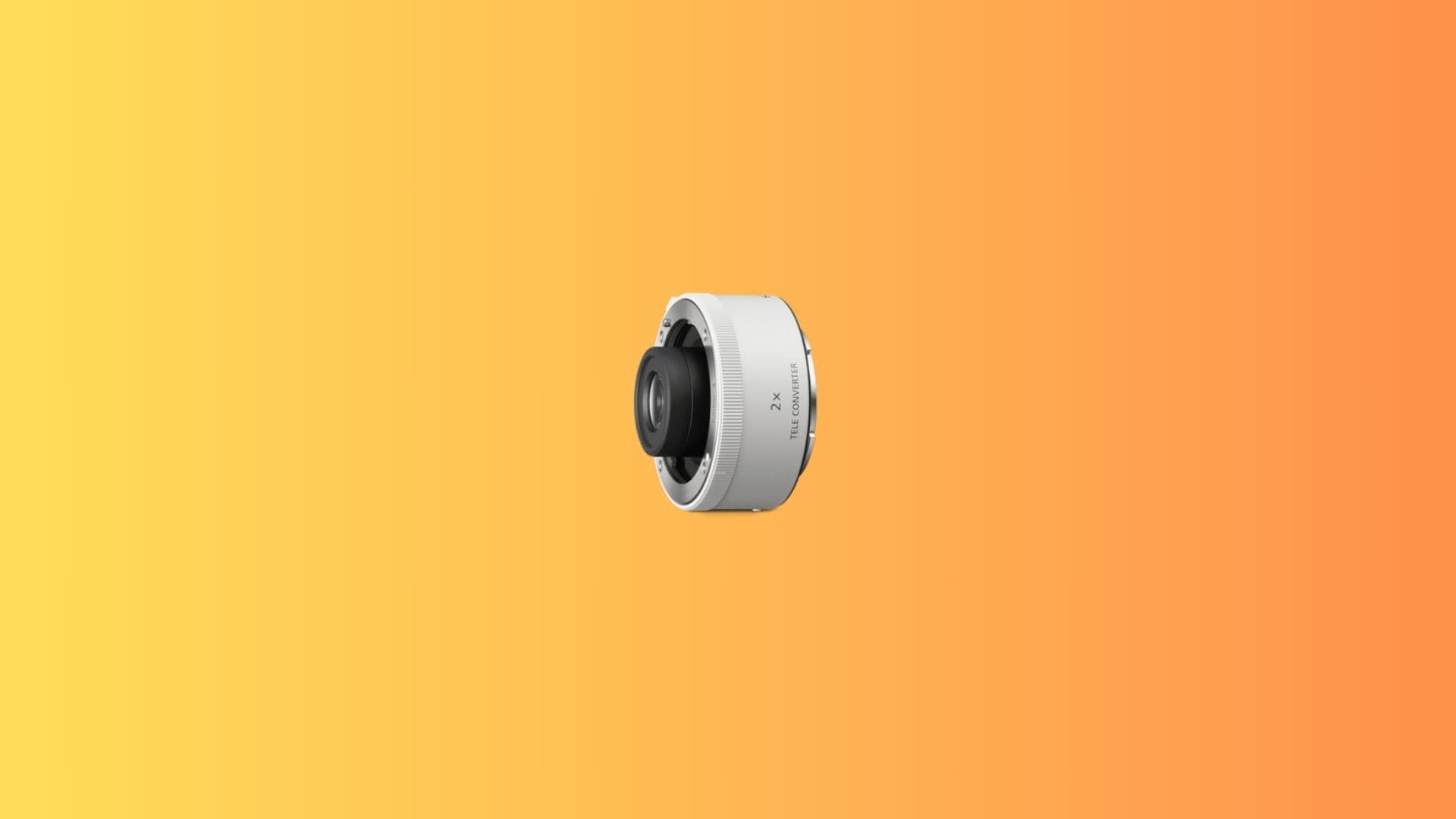
Wrapping up
Understanding focal lengths is an important part of the process when it comes to understanding how to best use your camera for the paces you plan to put it through. By selecting the correct lenses, you can maximize your potential by framing images correctly and drawing the eyes toward what’s most important in the frame.
What are your favorite camera lens focal lengths to use? Let us know in the comments section down below.
Source link: https://www.idownloadblog.com/2025/04/29/camera-lens-focal-length-guide/



Leave a Reply